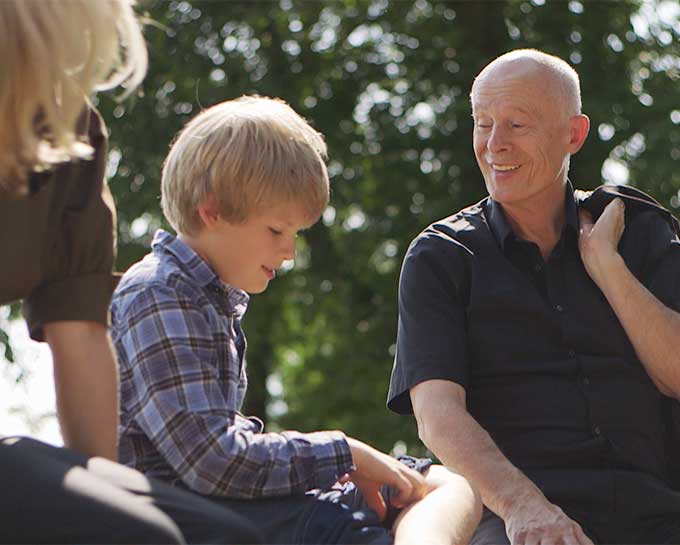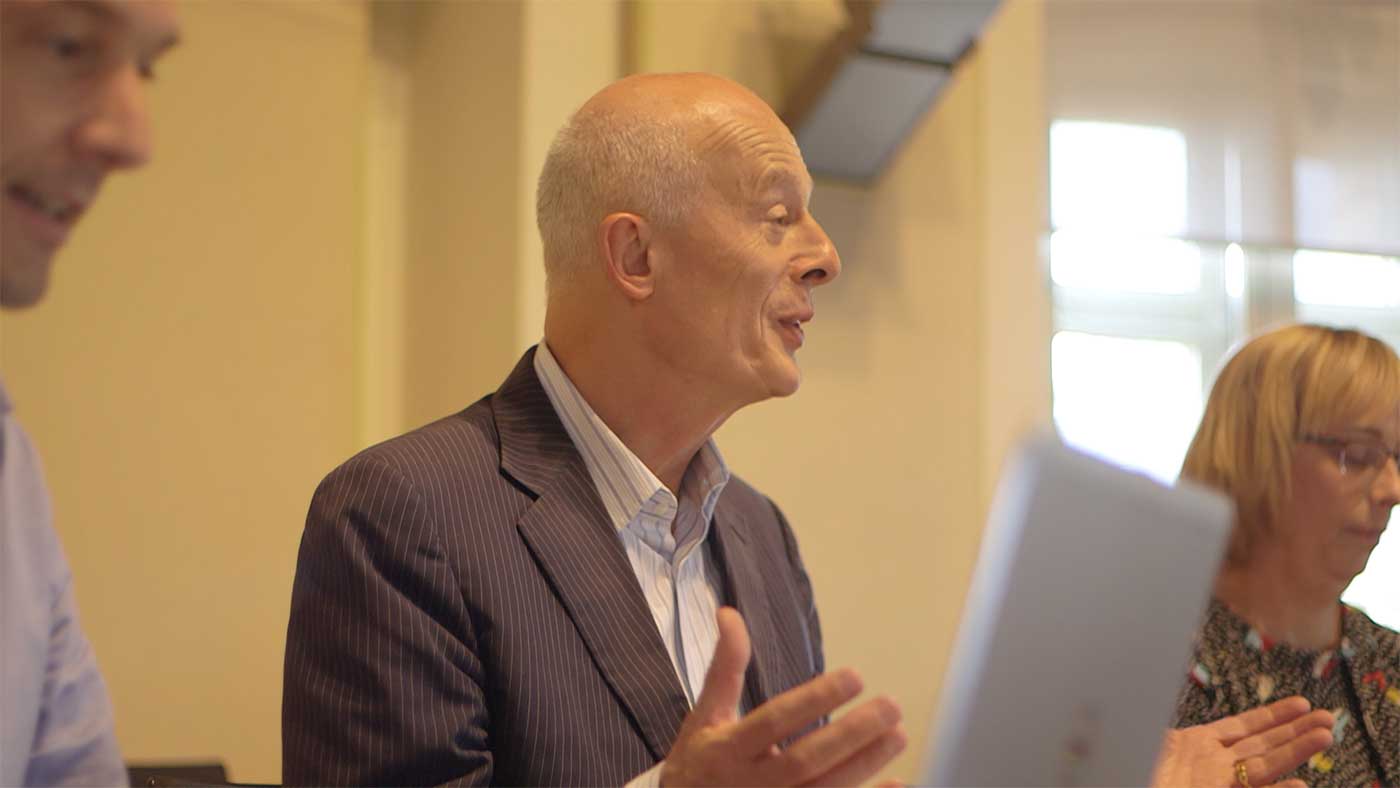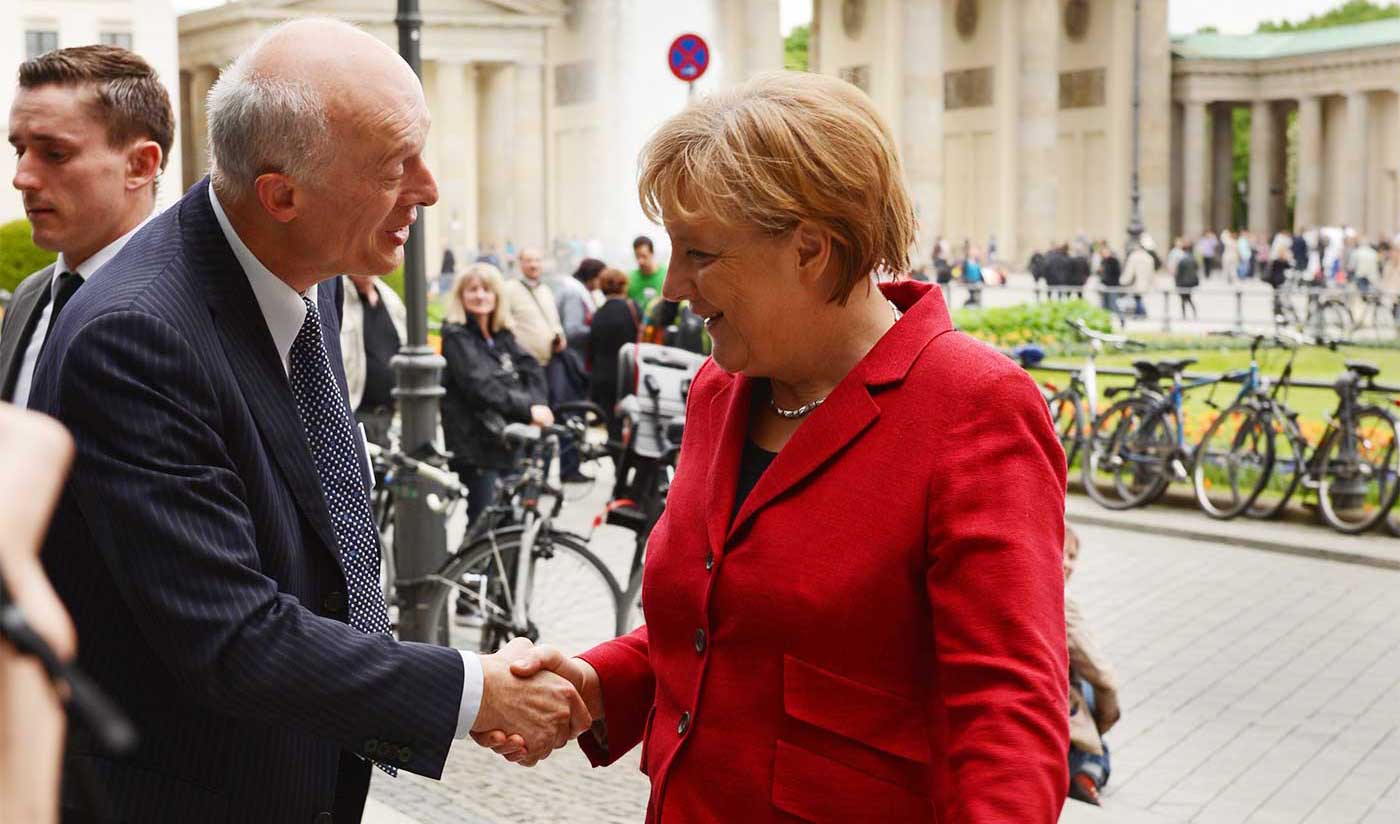Professor Schellnhuber believes that such attitude is far from correct and is a sin. Scientists know the meaning of their research more than anyone else, so they cannot be free from responsibility for its impact on society. He believes that it is the mission of scientists to become politically involved when necessary to help the world understand the dangers of misuse as Einstein did after World War II.

One of his works
Professor Schellnhuber is sometimes stressed out, but his 9-year-old son always cheers him up. This little boy encourages him to move forward to solve problems for the future.
Professor Schellnhuber thinks his generation received a lot of benefits and opportunities, and that they also need to ensure that the next generation has the same benefits and opportunities. This does not necessarily mean improving the situation. It means not allowing it to worsen. While understanding that this is quite difficult, he believes that he has the obligation to try his best.

Professor Schellnhuber with his 9-year old son
- Editor-in-chief
- Itaru Yasui, Former Vice-Rector, United Nations University / Professor Emeritus, The University of Tokyo
Address from the Editor-in-Chief - Editorial supervisor
- Seita Emori, Leader of Low-Carbon Research Program, Center for Global Environmental Research, National Institute for Environmental Studies
- (Affiliation is at that time of release.)













